Amazon devices to start communicating with each other by default
From 8 June, Amazon devices will form low-bandwidth ‘Sidewalk’ networks with nearby units to avoid dropout and extend their working range


Amazon's catalogue of Internet of Things (IoT) devices will soon be able to create low-bandwidth shared networks with each other in an experiment to broaden smart home functionality.
Amazon Sidewalk will create networks between 'bridge' devices, such as Echo or Ring units, by pooling together small portions of bandwidth and sharing this capacity to offer better smart home services to users.
From 8 June, devices will be instructed to search for similar units in order to form these networks, which Amazon claims will make it easier to maintain a consistent connection, even if your own network is knocked offline temporarily. The company also says connecting the devices will extend their effective working range.
For example, if a user's Echo device were to lose connection, it would be able to make use of the Sidewalk network to borrow bandwidth and stay online. Smart lights, pet locators, and smart locks will also continue to work over longer distances when they're tapped into these shared networks.
"Amazon Sidewalk is a shared network that helps devices work better," the firm said in a series of FAQs. "Operated by Amazon at no charge to customers, Sidewalk can help simplify new device setup, extend the low-bandwidth working range of devices to help find pets or valuables with Tile trackers, and help devices stay online even if they are outside the range of their home Wi-Fi.
"In the future, Sidewalk will support a range of experiences from using Sidewalk-enabled devices, such as smart security and lighting and diagnostics for appliances and tools."
Although users may be concerned about the potential privacy implications of participation in the experiment, Amazon claims in its security whitepaper that there are three layers of encryption applied to the data transmitted through the scheme.
Get the ITPro daily newsletter
Sign up today and you will receive a free copy of our Future Focus 2025 report - the leading guidance on AI, cybersecurity and other IT challenges as per 700+ senior executives
Users have the option of turning off participation in any of their devices, although this will be turned on by default once it launches on 8 June.
The shared networks operate under a maximum bandwidth of 80Kbps, with the total monthly data used per account capped at 500 MB. The coverage will vary by location based on the number of participants in any given area, although Amazon claims the greater the number of people taking part, and devices in a network, the stronger it becomes.
RELATED RESOURCE

Transforming business operations with AI, IoT data, and edge computing
A Pathfinder report on the ROI of AI, IoT, and edge computing
Not all Amazon devices will be supported by the network, with the company setting out a full list of compatible devices in its FAQs. They generally include the third generation and above of several kinds of devices, as well as IoT devices released in 2019 or later.
Amazon has also launched the Sidewalk Developer Service (SDS) for device manufacturers to build and launch devices that are compatible with Sidewalk. These include silicon chipsets, development boards, software development kits (SDKs), device provisioning tools, technical documentation, and cloud integration.
Device manufacturers can get started on building proof-of-concept devices by reviewing a starting guide and technical documentation on the SDS console, before deciding which development board and Sidewalk Bridge to purchase and downloading an SDK.
Amazon had previously hinted that it would seek to create a Wi-Fi challenger network, with the firm discussing plans for Sidewalk in 2019. The service is currently only available in the US, with the company providing no details as to when it plans to extend the scheme.

Keumars Afifi-Sabet is a writer and editor that specialises in public sector, cyber security, and cloud computing. He first joined ITPro as a staff writer in April 2018 and eventually became its Features Editor. Although a regular contributor to other tech sites in the past, these days you will find Keumars on LiveScience, where he runs its Technology section.
-
 Bigger salaries, more burnout: Is the CISO role in crisis?
Bigger salaries, more burnout: Is the CISO role in crisis?In-depth CISOs are more stressed than ever before – but why is this and what can be done?
By Kate O'Flaherty Published
-
 Cheap cyber crime kits can be bought on the dark web for less than $25
Cheap cyber crime kits can be bought on the dark web for less than $25News Research from NordVPN shows phishing kits are now widely available on the dark web and via messaging apps like Telegram, and are often selling for less than $25.
By Emma Woollacott Published
-
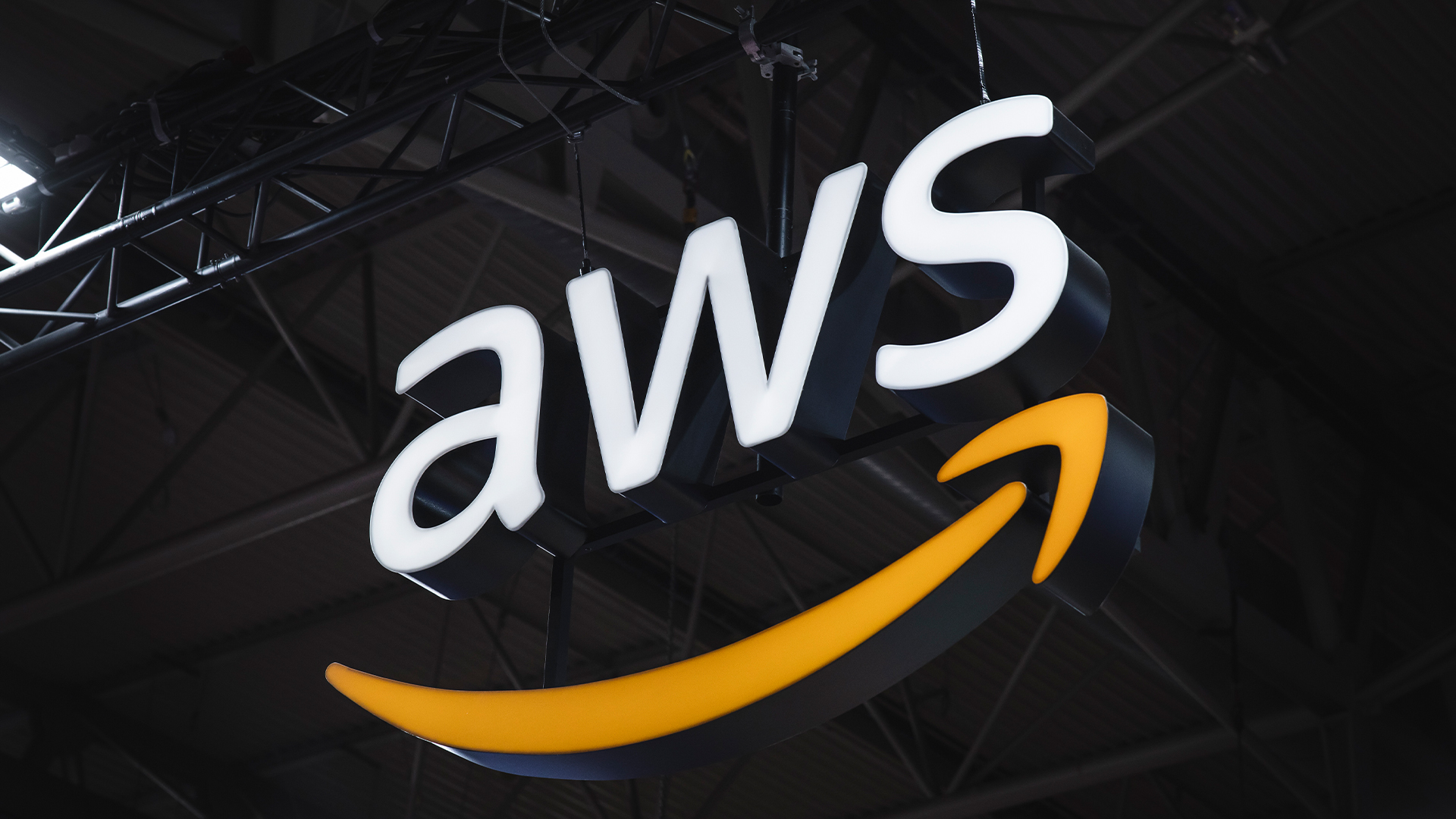 AWS eyes ‘flexible’ data center expansion with $11bn Georgia investment
AWS eyes ‘flexible’ data center expansion with $11bn Georgia investmentNews The hyperscaler says the infrastructure will power cloud computing and AI growth
By Nicole Kobie Published
-
 AWS launches Australia's first local zone for low-latency workloads and data residency
AWS launches Australia's first local zone for low-latency workloads and data residencyNews The company is aiming to help customers who need infrastructure closer to their data sources or end-users
By Zach Marzouk Published
-
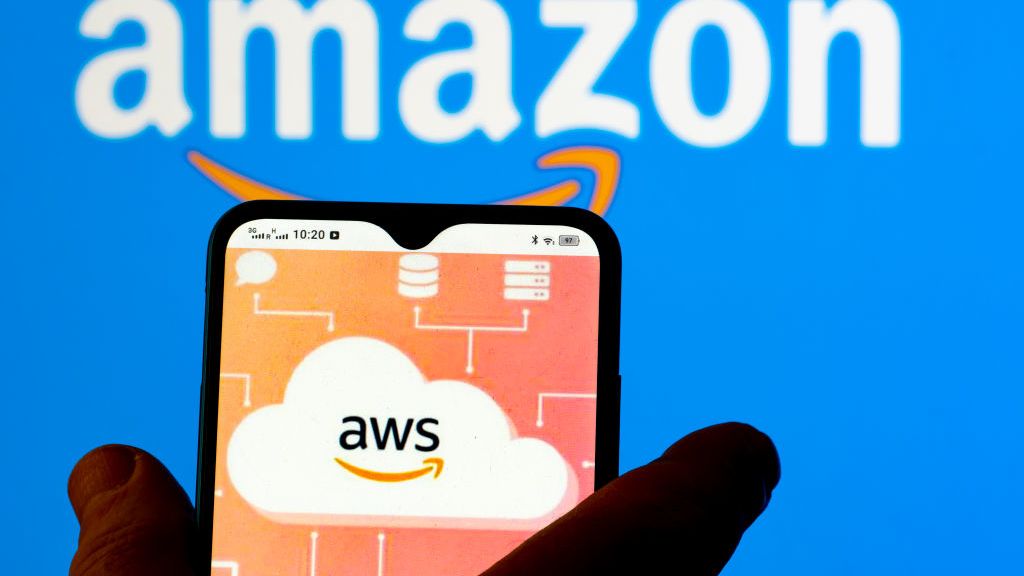 AWS plans to be 'water positive' by 2030
AWS plans to be 'water positive' by 2030News A number of projects will seek to improve groundwater replenishment, efficiency, and overall sustainability
By Rory Bathgate Published
-
 Amazon signs launch deals with Arianespace, Blue Origin and United Launch Alliance for Project Kuiper
Amazon signs launch deals with Arianespace, Blue Origin and United Launch Alliance for Project KuiperNews The retail giant has secured up to 83 rocket launches with the trio to deploy a bulk of its 3,262-satellite constellation
By Praharsha Anand Published
-
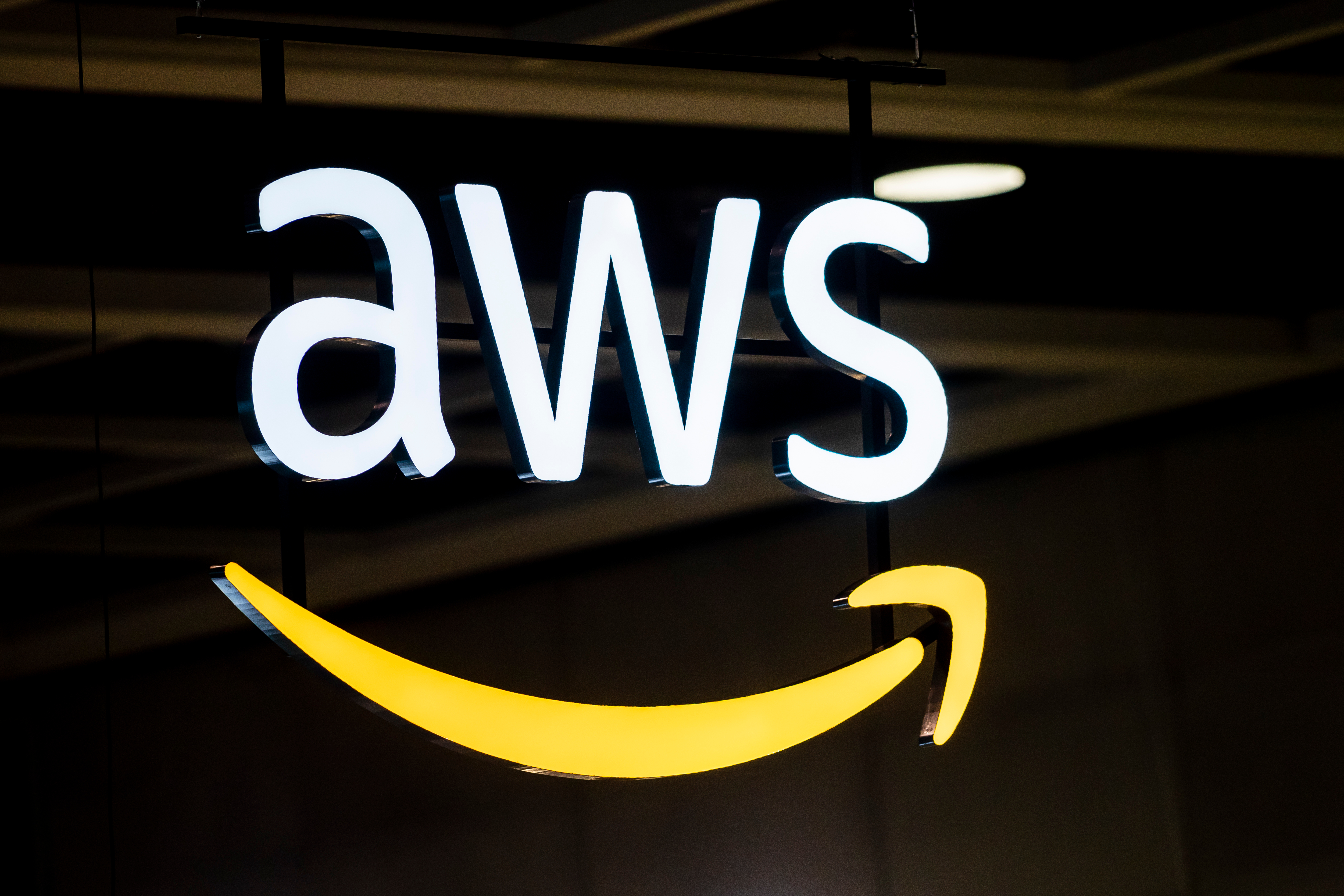 AWS to invest £1.8bn in UK data centres and other cloud infrastructure
AWS to invest £1.8bn in UK data centres and other cloud infrastructureNews The cloud giant's investment will contribute to new data centres amid market growth across the country
By Connor Jones Published
-
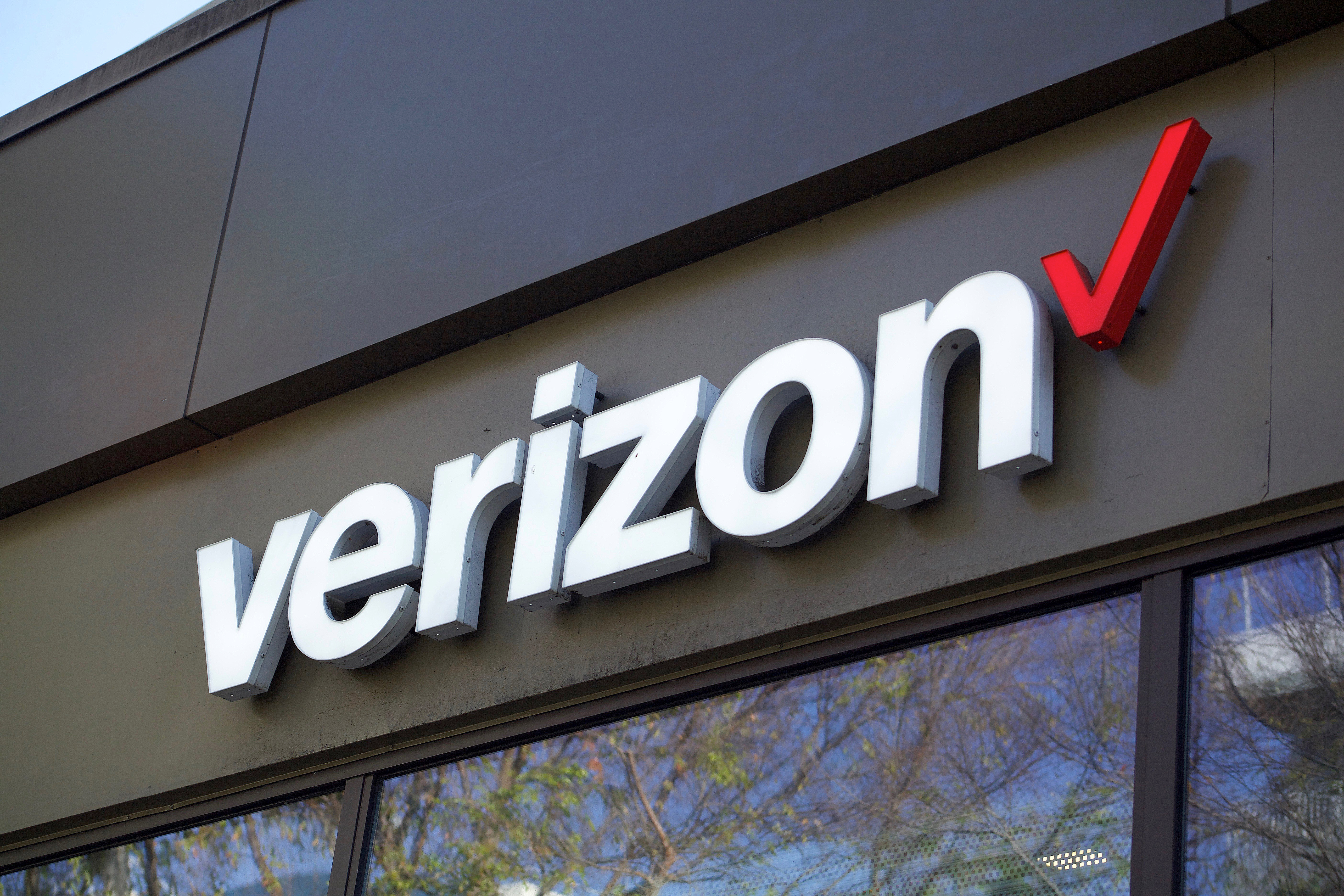 Verizon and Amazon partner on enterprise connectivity solutions
Verizon and Amazon partner on enterprise connectivity solutionsNews The collaboration links Verizon’s terrestrial mobile network with Amazon’s LEO satellite network
By Praharsha Anand Published
-
 Alkira deepens partnership with AWS
Alkira deepens partnership with AWSNews The firm also strengthened ties with AWS customer Warner Music Group
By Praharsha Anand Published
-
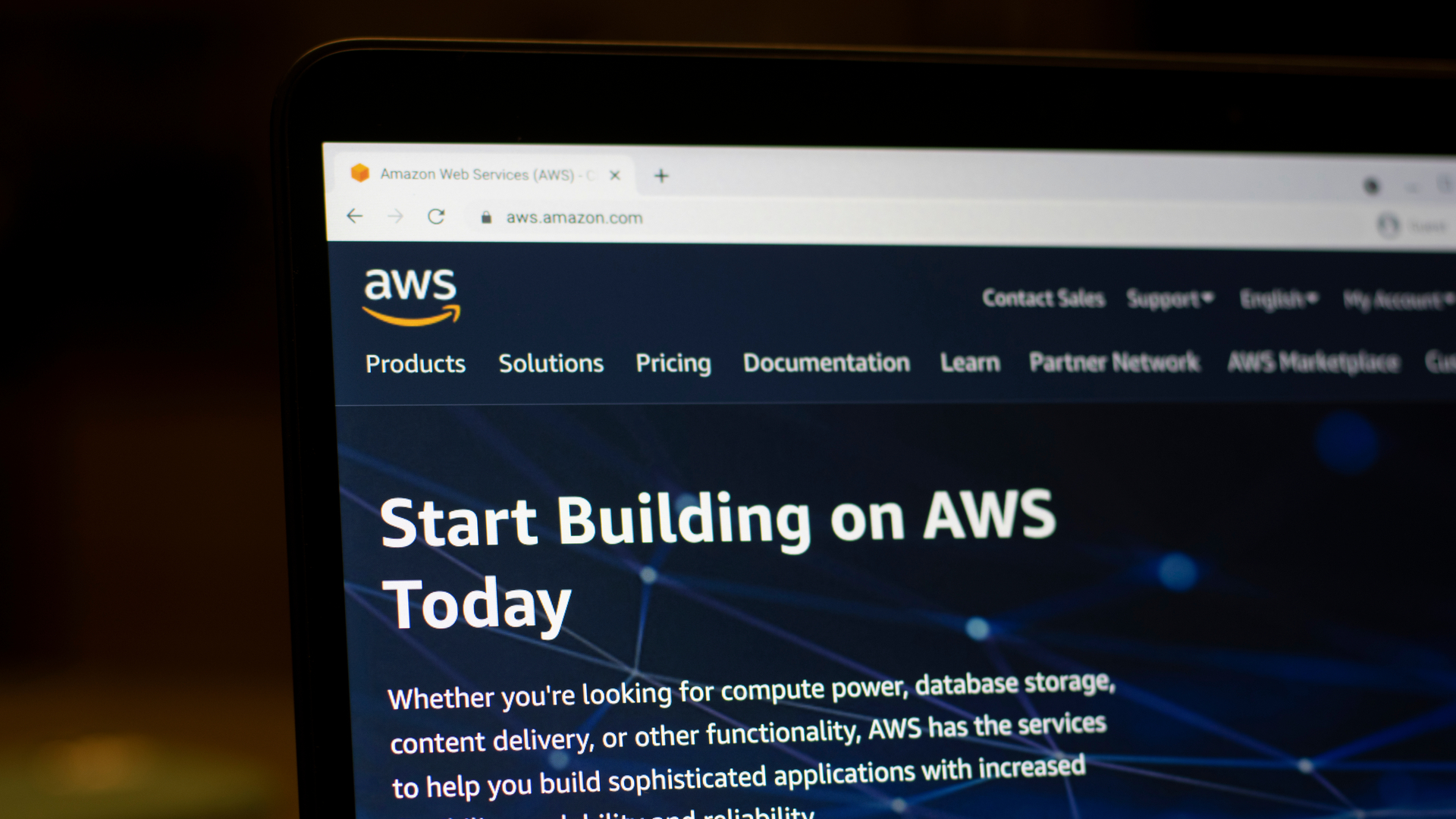 AWS makes Amazon Managed Service for Prometheus generally available
AWS makes Amazon Managed Service for Prometheus generally availableNews The monitoring service integrates with open source Prometheus and is tailored for containerized applications
By Praharsha Anand Published